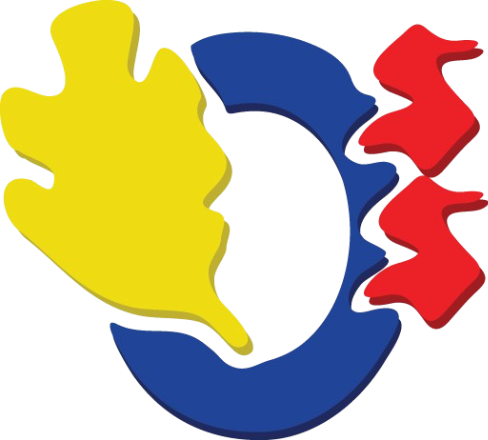Photosynthesis
Photosynthesis:
The transformation of light energy to chemical energy using pigments.
Converting CO₂ to Glucose
- C6H12O6 → Ratio of atoms = 1 C : 2 H : 1 O
- Hydrogen source: comes from splitting H₂O using light energy (photosynthesis needs light)
- 12H2O → 24H + 6O2
Glucose Formula:
- 6CO2 + 24H → C6H12O6 + 6H2O
- Half the H atoms go into glucose and the rest remove extra O₂ from the CO₂
Glucose Formation Reaction:
Synthesis of glucose is typically summed up to be: Carbon Dioxide + Water + Light→ Glucose + Oxygen
Organisms That Photosynthesize
- Plants
- Algae
- Cyanobacteria
These organisms sometimes use oxygen made in aerobic cellular respiration. This is what makes the air bubbles that we sometimes see from underwater organisms (the release of excess oxygen).
Light Spectrums
- The Sun emits a high amount of 400nm and 700nm light
- Pigments allow electrons to jump to higher energy levels, using energy obtained from photons of light
- Much of the energy carried by excited electrons is used in glucose or other carbon compounds
Light Absorption
- All photosynthetic pigments have an absorption spectrum, showing how much of each type of light is absorbed by them
- Absorption spectrums for chlorophyll show that it absorbs red and blue light most effectively
- Most green light is reflected by chlorophyll, making chlorophyll appear green to us
- Many pigments can be used to absorb different wavelengths of light
Absorption Spectrums
- While absorption spectrums show the absorption of light for each wavelength, action spectrums show the % use of light in photosynthesis
- Action spectrums show similar peaks for red and blue light
- They show some green light being absorbed, which is due to "accessory pigments" harvesting some wavelengths that chlorophyll cannot
Action Spectrums
Limiting Factors of Photosynthesis
- Too high temperature → enzymes denature → photosynthesis stops
- Too low temperature → enzymes work slowly → photosynthesis slows
- Optimal temperature → increases photosynthesis rate
Temperature
- Provides energy to split water
- Low amounts of light: slows photosynthesis
- High amounts of light: increases the rate of photosynthesis but will level off
Light Intensity
- Raw material for making glucose
- Low amounts of CO₂: limits glucose production
- High amounts of CO₂: photosynthesis rate increases until another factor becomes limiting
Carbon Dioxide Concentration

 Biology
Biology